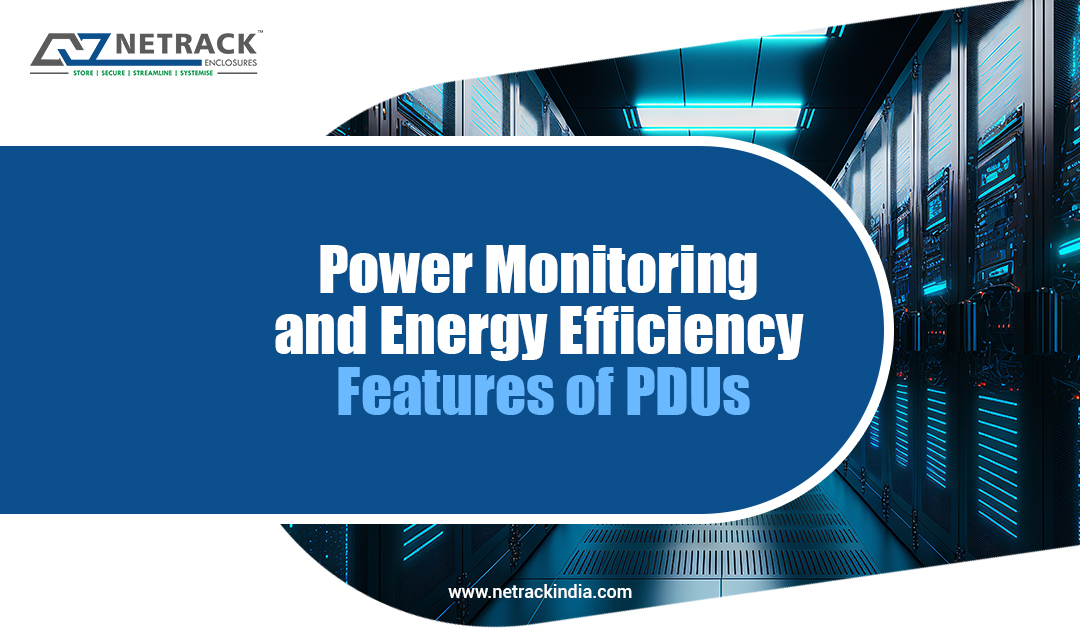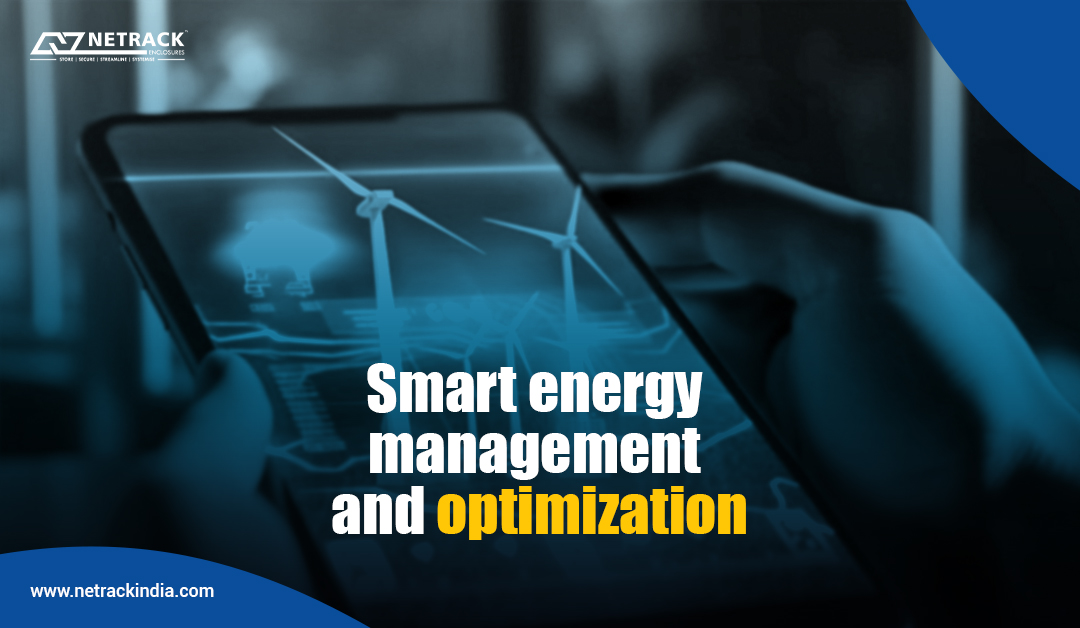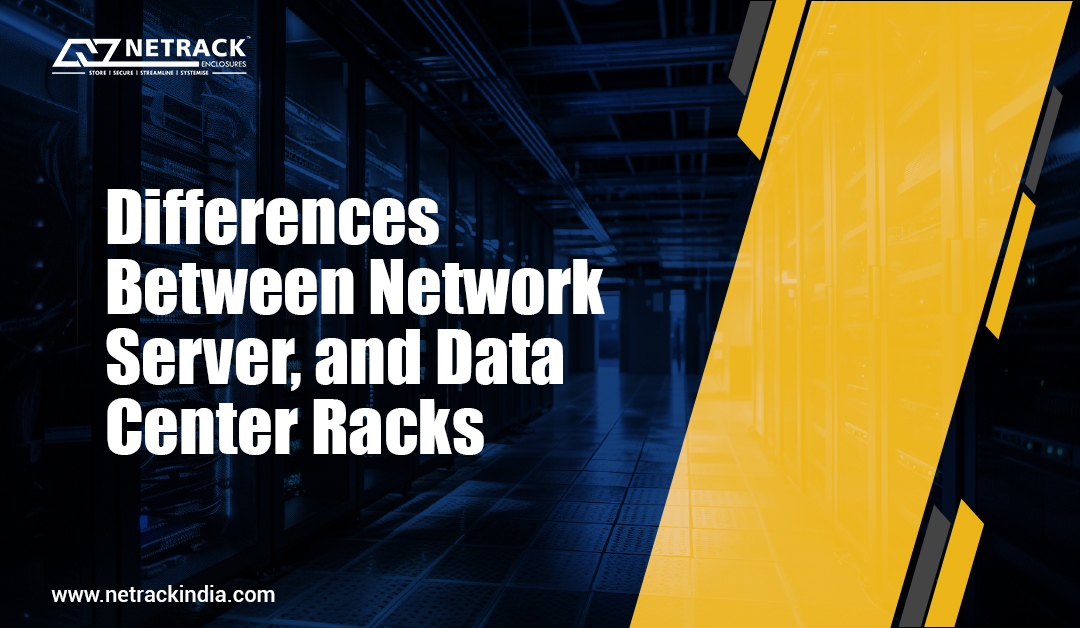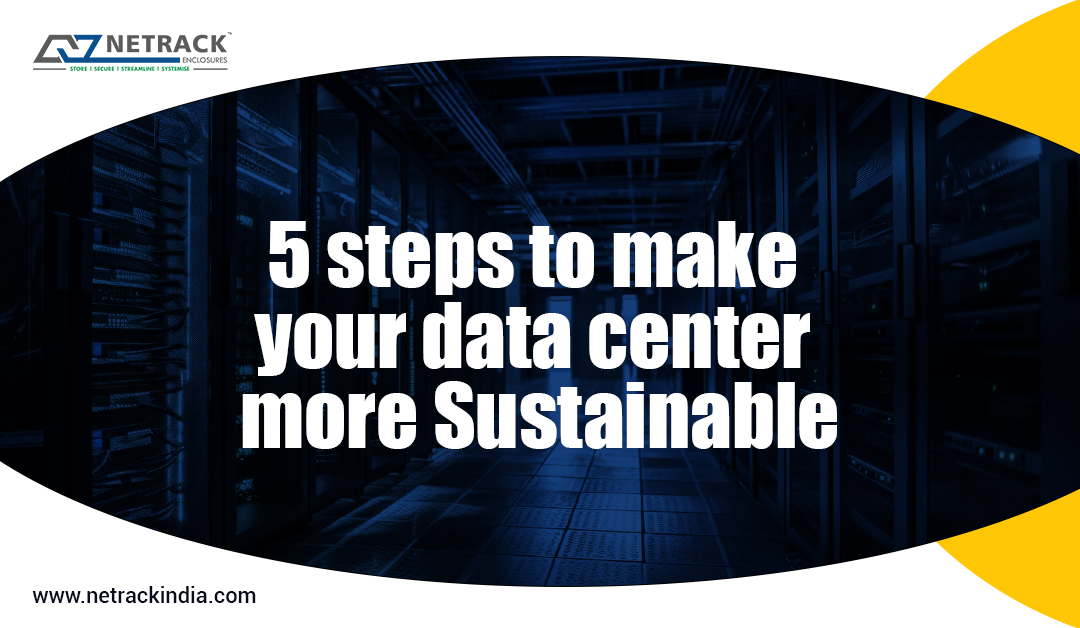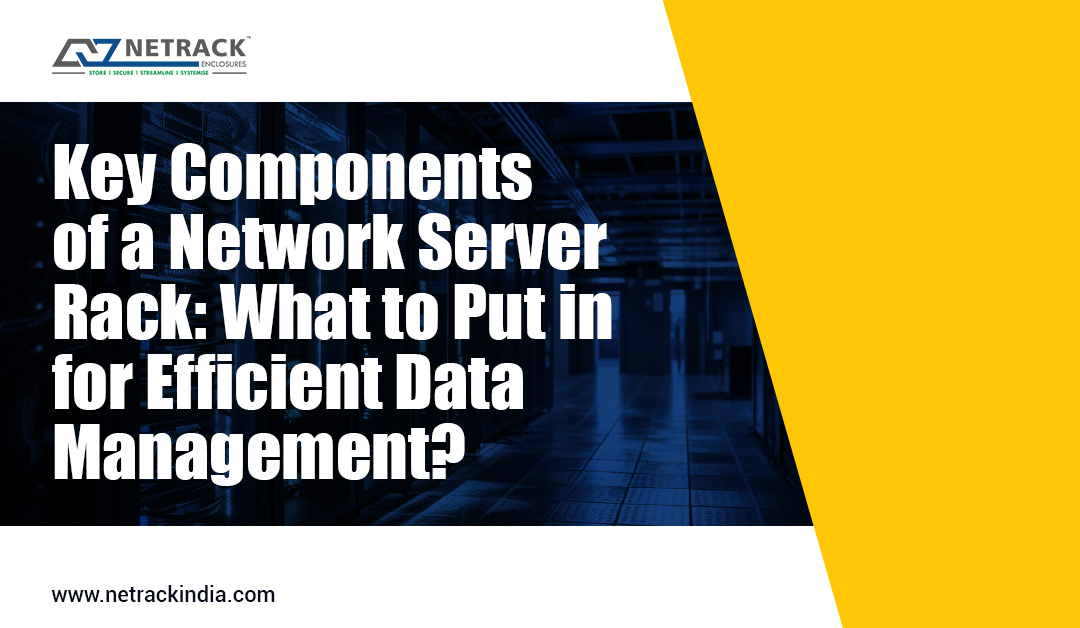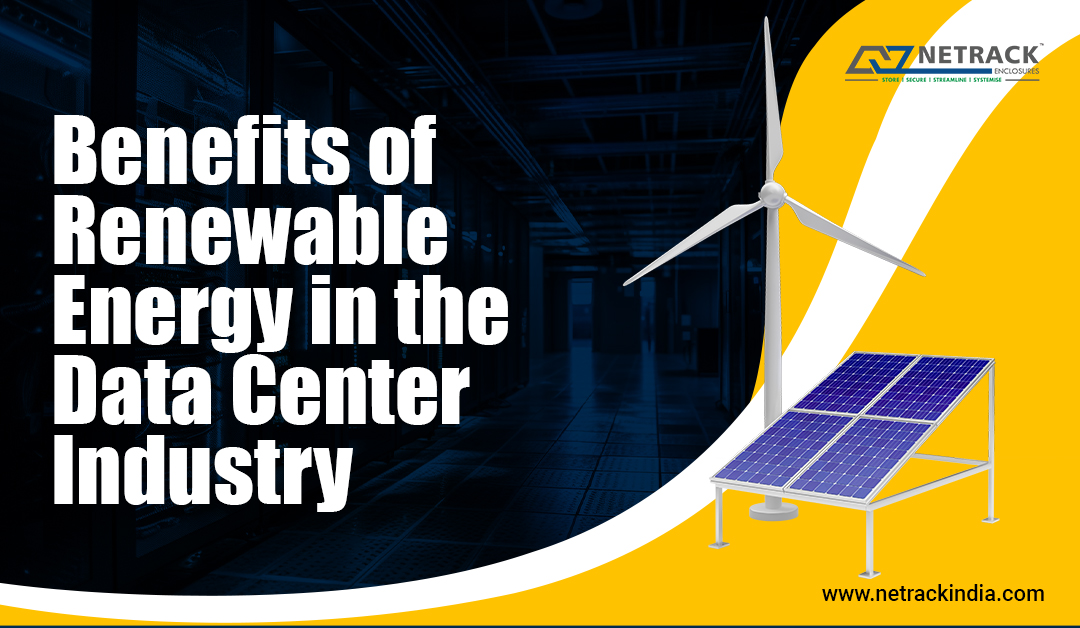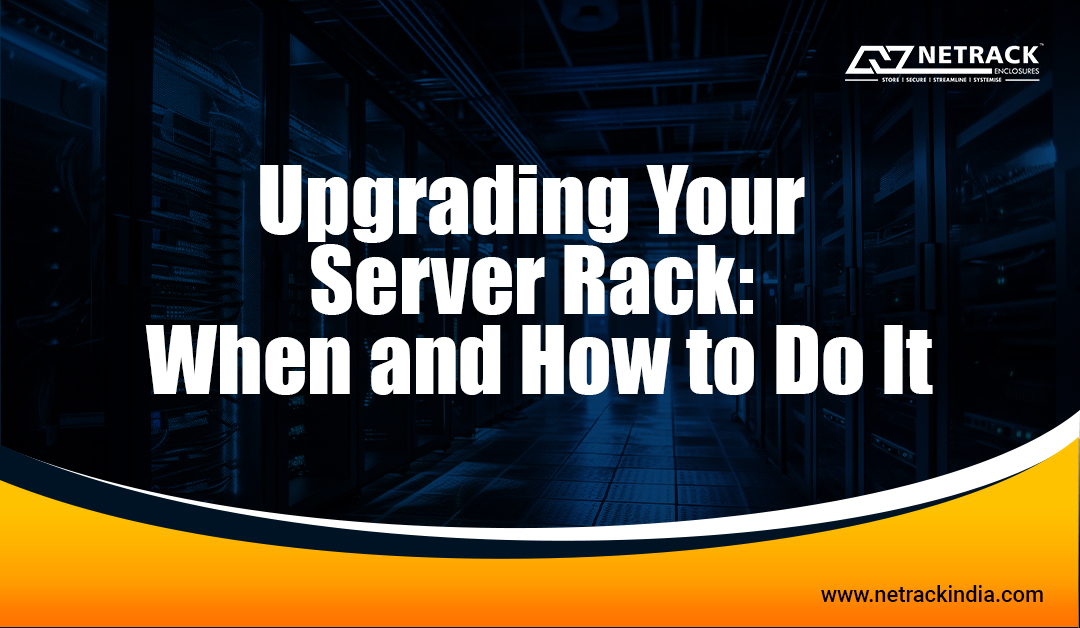Hot Aisle Containment vs. Cold Aisle Containment: Benefits and Challenges
The growing demand for efficient data management has given rise to the need for effective data center solutions. In this regard, data center performance can be optimized with efficient cooling and airflow management. Hence, emerged the need for containment solutions which are designed to separate the cold air supply from the hot exhaust air. This helps to stabilize the temperature which results in enhancing equipment performance, and reducing energy consumption. Understanding containment solutions and their need There are two types of containment solutions used in data centers: Cold Aisle Containment (CAC) and Hot Aisle Containment (HAC). Cold aisle containment surrounds the cold aisle with ceiling panels and doors at the ends of the aisle. This setup provides a uniform flow of cold air directly to the equipment through the perforated floor tiles. This remains contained within the aisle, preventing it from mixing with the hot exhaust air. The sealing of the cold aisle ensures
Read More



